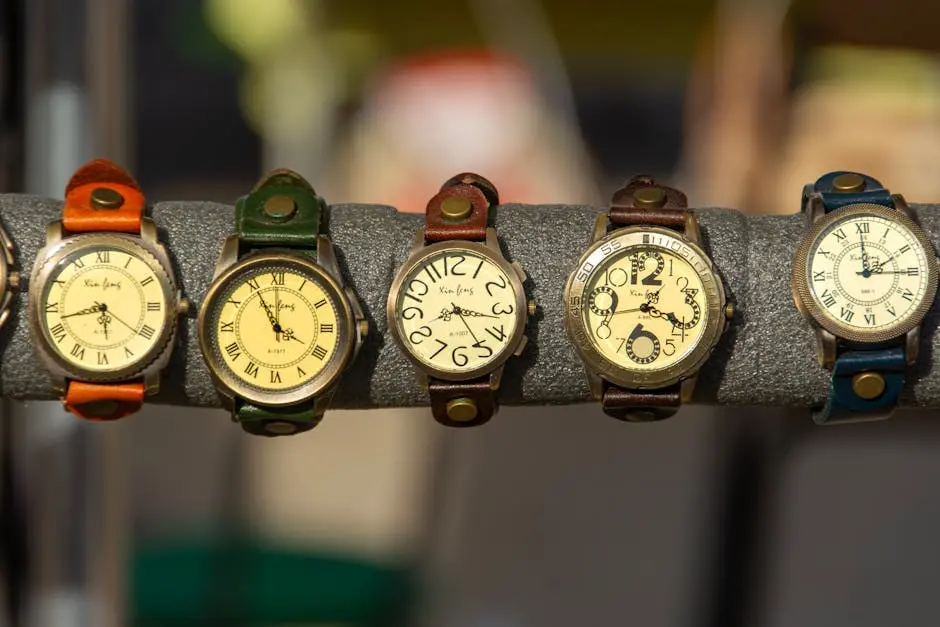How Can You Identify Rare Watches as a Collector?
As a watch collector, identifying rare watches can be exciting and rewarding. It involves more than just a cursory glance. Here, we’ll walk you through the essential steps to spot rare timepieces and make your collection stand out.
Step 1: Research the Brand
Understanding the history and reputation of different watch brands is crucial. Look for brands known for high-quality craftsmanship and limited editions.
Certain brands have built a legacy in the watch industry. For instance, brands like Patek Philippe and Audemars Piguet are often associated with luxury and exclusivity. Their limited releases frequently become coveted by collectors.
It’s also essential to remain aware of new entrants to the market that may be creating buzz. Startups can sometimes produce limited quantities that rapidly increase in value.
In your research, pay attention to the brand’s values and what they bring to the table. A brand’s commitment to sustainability or innovation can also lead to unique timepieces.
Step 2: Familiarize Yourself with Watch Movements
Learn about the different types of movements, such as automatic, manual, and quartz. Rare watches often feature unique or proprietary movements.
The complexity of watch movements can significantly impact a watch’s rarity. For example, complications like perpetual calendars or minute repeaters can make pieces much more desirable.
Some brands also develop in-house movements, meaning they produce the movements themselves rather than sourcing from third parties. These can enhance the value due to their craftsmanship.
Familiarity with movements helps you identify what’s unique in a watch. Knowing which features signify rarity allows you to make informed decisions when acquiring new pieces.
Step 3: Look for Limited Production Models
Limited editions or discontinued models tend to be more valuable. Keep an eye out for these special releases from brands.
Sometimes, brands release models that are only available for a particular time—these are the pieces you want to snag early on. Their exclusivity can drive prices up significantly in the resale market.
Even small production runs can signify rarity. Watches that were produced in numbers under a hundred can be hard to come by and often hold historical significance.
Make sure to keep track of announcements and newsletters from watch brands, as this will help you catch limited edition releases the moment they come out.
Step 4: Check the Condition and Originality
Assessing a watch’s condition is critical. Original parts increase value, so ensure that the watch hasn’t been heavily modified or repaired.
Watches that come with their original packaging and paperwork can fetch higher prices. Collectible accessories might also lend credibility to the watch’s authenticity.
A meticulous visual inspection will reveal signs of wear and tear. Look closely at the dial, case, and bracelet. A well-maintained watch will often be more sought after.
Consult with professionals or expert collectors if you are unsure about the authenticity. Their experience can help you distinguish between genuine pieces and replicas.
Step 5: Join Collector Communities
Engaging with other collectors can provide valuable insights and help you learn what to look for in rare watches.
Community gatherings, online forums, and social media groups can be treasure troves of information. Members often share their experiences, helping others gain knowledge.
Networking with seasoned collectors can lead to exclusive sales and trade opportunities that might otherwise go unnoticed. So, be proactive in connecting with these communities.
These connections not only enhance your understanding but can also foster friendships, creating a support system as you navigate your collecting journey.
Final Thoughts on Recognizing Rare Watches
By following these steps, you’ll be more equipped to identify rare watches. Remember to educate yourself continuously in this fascinating field, and happy collecting!

